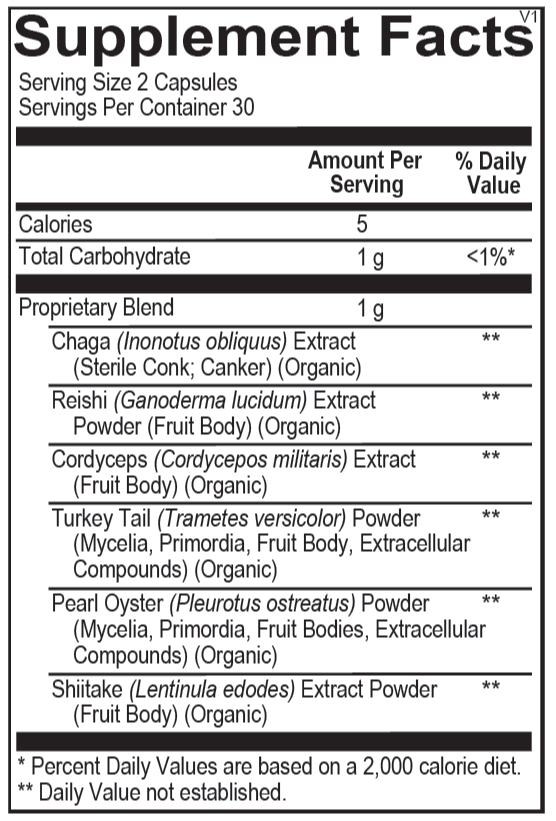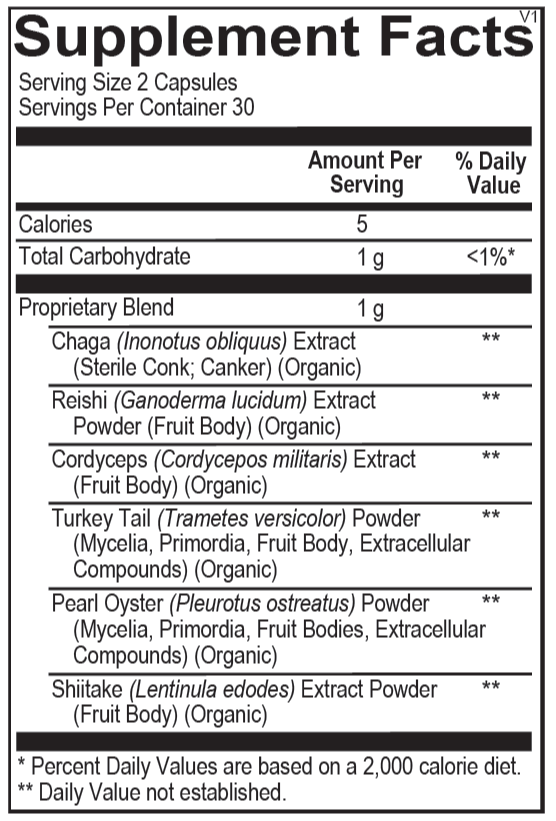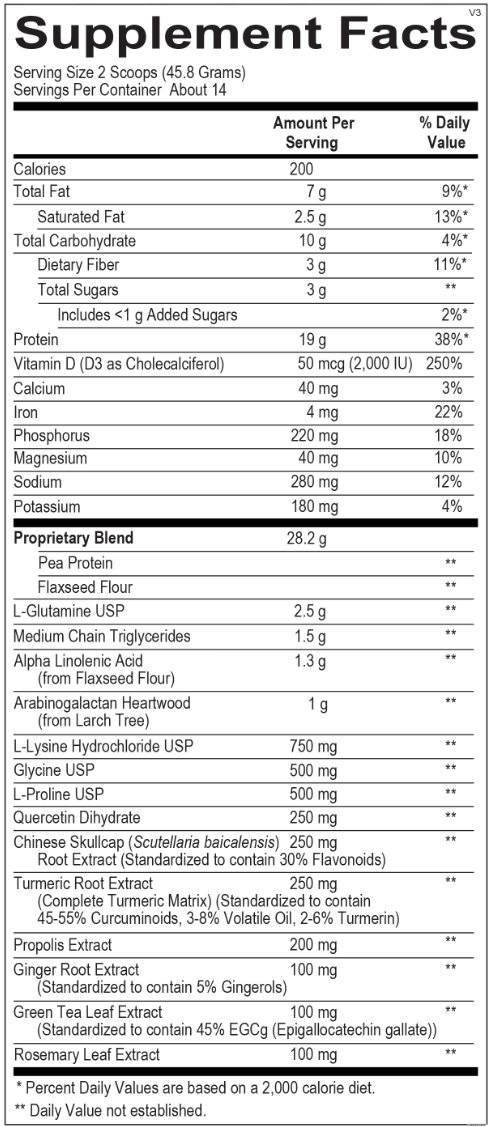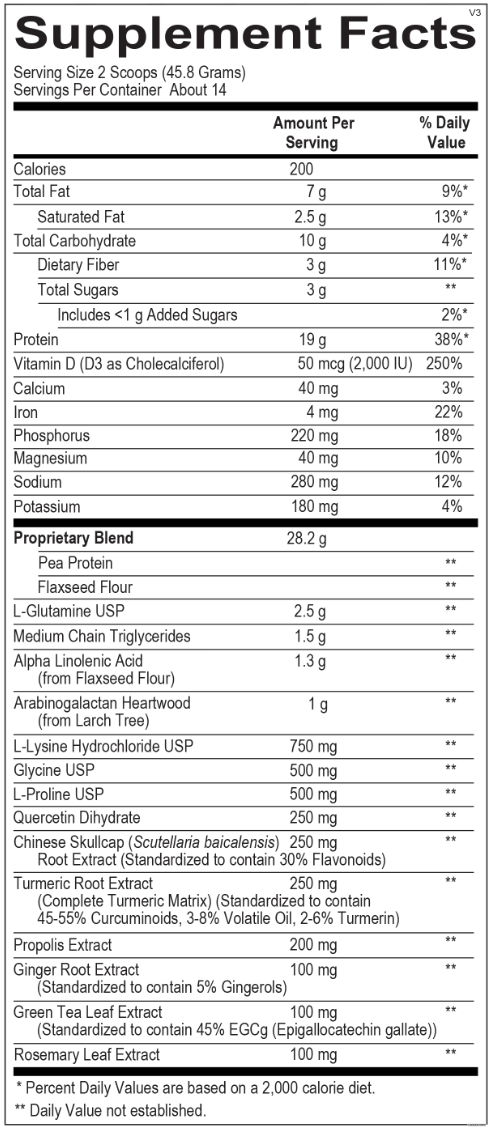
All You Need To Know About Vaginal Discharge & Its Color Guide
Dr Anita NischalTable of Contents
| As a woman, you must have experienced a fluid coming from your vagina quickly known as a vaginal discharge — most women do. Also, you may have observed the various changes throughout your lifetime. You will notice a difference between a vaginal discharge right before your period, after your period, during pregnancy and vaginal discharge after menopause. Maybe your concern arises after observing the same. |
We all understand that vaginal discharge is a fact of life, but what is discharge, certainly and how can you tell what is a normal discharge, or what may be a sign of some serious problem? So, it is crucial to know the role of vaginal discharge in keeping your body healthy. And, here we will discuss some of the approaches to recognize the vaginal discharge that could indicate us to visit a doctor soon.
It is time to dispel the myths about vaginal discharge and know the truth about the same. As it serves an imperative function in keeping the vagina healthy through expelling dead skin cells from the lining.
What is Vaginal Discharge?
Vaginal discharge is a normal occurrence in menstruating women. It starts months before the first period and remains till menopause. Sometimes there are discharges that can indicate infection. Discharge that’s not normal can be yellow or green, or foul-smelling. There are various types of vaginal discharge. These discharges are categorized on the basis of their color and consistency.
Some discharges are normal and some have conditions that require treatment. Vaginal discharge is a way fluids and cells are expelled from a woman’s body. The production of vaginal discharge varies from woman to woman. The factors that affect this are menstrual cycle, hormones, pregnancy, and infections.
Generally, healthy vaginal discharge appears clear or white and has a slight odor, and can leave a yellowish tint on the underwear. When the body releases an egg from the ovary, vaginal discharge is thicker. This indicates peak fertility time. Vaginal discharge during pregnancy, the body may produce more vaginal discharge than usual. As women age and experience the vaginal discharge after menopause, the body may produce less or no discharge and as a result, women who are in perimenopause, menopause or post-menopause may experience vaginal dryness.
Also Read: 5 Ways To Stay Prepared For Menopause Before It Happens
What are the Causes of Vaginal Discharge?
Female reproductive system has a natural housekeeping function as a vaginal discharge. Dead cells and bacteria are carried away by fluid made by glands inside the vagina and cervix. This helps to keep the vagina clean and helps prevent infection.
There are various types of vaginal discharge. Most of the time, vaginal discharge is perfectly normal in a menstruating woman. Depending on the time in a woman’s menstrual cycle, the amount of vaginal discharge before period varies, as can odor and color (which can range from clear to a milky whitish). For example, there will be more discharge when a woman is ovulating, breastfeeding, or sexually aroused. The smell may be different from vaginal discharge while pregnant or otherwise.
Any change in the vagina’s balance leads to the changes in the smell, color, or discharge texture. Also, these are a few things that can disturb the vaginal discharge. These are as follows:
- The use of antibiotic or steroid
- Infections caused by yeast
- Bacterial vaginosis- generally a bacterial infection occurs in pregnant women or women who have many sexual partners.
- Trichomoniasis- a parasitic infection particular contracted and boosted by having unprotected sex with the partner.
- Diabetes
- Consuming birth control pills
- Cervical cancer
- Chlamydia or gonorrhea (STDs)- the sexually transmitted infections.
- Pelvic infection after surgery & Pelvic inflammatory disease (PID)
- Vaginitis- itching in or around the vagina
- Vaginal atrophy- the thinning and drying out of the vaginal walls during the stages of menopause.
Different Colors of Vaginal Discharge & What They Mean?
It’s normal to consider which color vaginal discharge indicates what. There are various colors of vaginal discharge and may indicate a healthy body. These kinds of vaginal discharge are grouped rooted in their color and consistency. Some kinds of vaginal discharge are considered normal, while others may be a sign of an underlying condition that requires treatment on an urgent basis. Following are few of the colors and their meaning:
White
A bit of white vaginal discharge after period is considered as normal. However, if you notice that vaginal discharge before period or after is accompanied by itching and has a thick, cottage appearance, then, it is not normal. This type of vaginal discharge may be an indication of a yeast infection and needs treatment.
Clear and watery
A clear and watery discharge is quite normal and can occur at any time of the month. It is a healthy discharge and can result due to ovulation or hormonal imbalances. Also, vaginal discharge during pregnancy falls under this category.
Clear and stretchy
The clear but stretchy and mucus-like vaginal discharge indicates that you are probably ovulating and is a normal vaginal discharge.
Brown or bloody
A brown or bloody vaginal discharge after period or before the period is usually normal. A late vaginal discharge after period can look brown instead of red. Also, if you experience a bloody discharge between periods, that’s known as spotting.
During the normal time of your period, if you observe spotting and you’ve recently had sex without protection, this may lead to pregnancy as well. Besides, spotting during the beginning stage of pregnancy can be an indication of miscarriage, visit your OB-GYN immediately.
In some other cases, brown or bloody discharge can be the result of endometrial or cervical cancer. The brown vaginal discharge could be linked to other health concerns like fibroids or other abnormal growths. Thus, it is crucial to get a pelvic exam and Pap smear annually checked.
Yellow or green
A yellow or green vaginal discharge, particularly a thick with unpleasant smell may be a sign of the infection trichomoniasis. This type of infection is commonly spread through sexual intercourse and is called a sexually transmitted infection.
Pink
A pink vaginal discharge may be due to cervical bleeding, vaginal irritation, or implantation bleeding. So, it is recommended to check with your GYN. Also, you may get in touch with an Integrative Functional GYN via WHPWellness.
Red
Red vaginal discharge is the outcome of cervical infection, cervical polyp, endometrial or cervical cancer. Along with this, the vaginal discharge after period is often observed as a red.
What Color is Healthy Vaginal Discharge?
The shades of white can also be creamy or light yellow and are considered as normal. If the person has no other symptom, white discharge is most likely for healthy lubrication. However if the white discharge has other symptoms and or has a strong odor, it can indicate some infection and the person should see a doctor.
Vaginal discharge also is connected to your hormones. Normal vaginal discharge will vary from person to person and from ages to ages. Also, it depends on your menstrual cycles, ovulation and medications if you are taking any like birth control pills.
Also Read: Know Long-term Side Effects of Birth Control Pills
The period of ovulation may enhance the fluid and birth control may decrease your vaginal discharge. The vaginal discharge during pregnancy may increase due to hormones. Also, the vaginal discharge after menopause or during breastfeeding may decrease because of low levels of hormones.
It is vital to know what your normal is for a woman.
Vaginal Discharge Before & After Period
White discharge before periods is a normal part of the menstrual cycle. Two to three days after the period ends, there is a thick white discharge. A few days later the consistency changes and appears more like mucous. The discharge becomes clear and sticky before ovulation.
What Does Vaginal Discharge During Pregnancy Indicates?
Healthy vaginal discharge is thin and clear or white and has an only mild odor. The amount of vaginal discharge while pregnant may increase. It reduces the risk of vaginal and uterine infections. In the final weeks of pregnancy, discharge is at its most heavy and it may contain pink mucus.
Read More: Know How Cystimax Helps Relieve UTI Infection
The overgrowth of normally occurring vaginal bacteria- is the most common cause of the vaginal odor. Sometimes sexually transmitted infection can also lead to vaginal odors.
The various stages of vaginal discharge are: vaginal discharge before period, beginning and end of the cycle, before ovulation, during ovulation, after ovulation, after menstruation and vaginal discharge while pregnant.
Mostly brown discharge is old blood that’s taking time to leave the uterus. This mostly happens at the beginning or end of the menstrual period.
Yeast infections normally cause itching, pain, and odorless vaginal discharge. UTI whereas urinary symptoms, such as frequent urge to pass urine and painful urination.
Vaginal discharge that’s caused due to herpes is a thick, clear, white or cloudy liquid. Mostly discharge happens when there are other symptoms like sores.
Just before ovulation, most women have vaginal secretions that are wet and slippery. On the day of ovulation, the body produces a great amount of these types of discharges.












